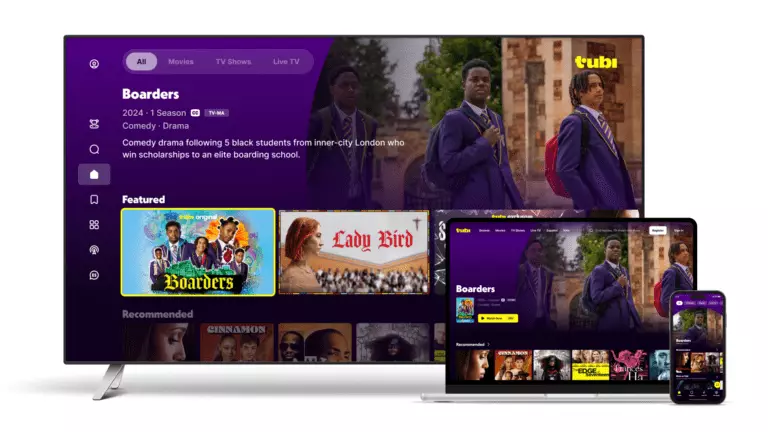In 2024, Tubi emerged as a titan in the realm of streaming, amassing over 97 million monthly active users (MAUs) and reaching an astounding 10 billion hours of content watched. Acquired by Fox Corporation for $440 million in 2020, Tubi has turned into a bright spot amid the prevailing struggles faced by traditional media companies as they grapple with the consequences of a cord-cutting trend in pay-TV. With a projected revenue of $1 billion for 2024, up significantly from the mere $150 million at the time of acquisition, Tubi showcased that free, ad-supported models can yield remarkable financial success when executed correctly.
This surge in popularity speaks volumes about changing viewer preferences, especially as audiences lean towards affordable alternatives to traditional cable subscriptions. However, while Tubi’s rapidly growing user base is noteworthy, the method of calculating MAUs remains a point of contention. Although MAUs provide a useful measure of user engagement, there is no industry consensus on its definition or calculation methods, raising questions about the reliability of such figures. A significant caveat exists: in some instances, merely a 15-second view counts as engagement, and Tubi’s reported MAU number likely contains duplication across multiple devices or household usage.
Despite these uncertainties, Tubi has solidified its standing among its streaming competition, consistently climbing Nielsen’s monthly Gauge chart. It has outperformed platforms like Max, Peacock, and Paramount+, positioning itself just below YouTube and running neck and neck with Roku Channel as the second-most popular free streaming option. This achievement has not only enhanced Tubi’s credibility in the streaming arena but has also polled well with viewers seeking engaging and culturally relevant content.
Tubi’s CEO Anjali Sud emphasized that the company’s success stems from its commitment to offering “unique stories from unique storytellers.” By adopting a viewer-first approach, Tubi has cultivated a platform that resonates with its audience. This strategy highlights the importance of engaging, diverse storytelling and the vital role of user feedback in shaping content offerings. Tubi’s rapid growth suggests that embracing an inclusive and culturally reflective content portfolio can lead to increased viewership and loyalty.
Diving deeper into the audience dynamics reveals particularly intriguing insights. According to internal reports, more than 34% of Tubi’s viewers are aged between 18 and 34, with a striking percentage identifying as Gen Z or Millennials. An equally essential statistic shows that roughly 77% of Tubi users do not subscribe to cable TV, underscoring the platform’s appeal to younger, tech-savvy demographics who are turning away from traditional viewing methods.
Unlike its competitor Pluto TV, Tubi has distinguished itself by primarily offering on-demand viewing, with 95% of its content consumed in this format. This user preference for controlled, personalized viewing experiences illustrates a distinct shift away from conventional live television, thus elevating Tubi’s strategy of providing an on-demand library of popular films and shows.
A Bright Future: Original Content and Viewer Engagement
Tubi has built a solid foundation since its inception over a decade ago by curating a library rich in existing films and television series. However, the platform’s foray into original content has produced significant viewer engagement. Reports indicated that one in four viewers have embraced Tubi’s original offerings, marking a pivotal step in the platform’s evolution. Noteworthy titles, such as the young adult romance “Sidelined: The QB and Me,” have set new viewing records within Tubi, highlighting the effectiveness of its investment in original programming.
As Tubi presses on into 2024 and beyond, it faces both opportunities and challenges. With an ever-growing content library and a keen focus on audience-centric strategies, Tubi is well-positioned to continue redefining its role in the entertainment sector. The success story of Tubi underscores a broader movement towards democratizing media, where quality content is made accessible to all, irrespective of financial means. By listening to viewer preferences and innovating alongside them, Tubi exemplifies the potential of free, ad-supported platforms in an increasingly fragmented media landscape.

